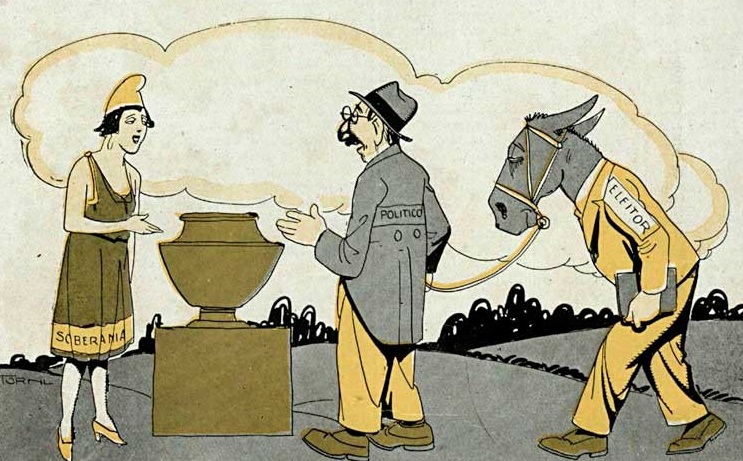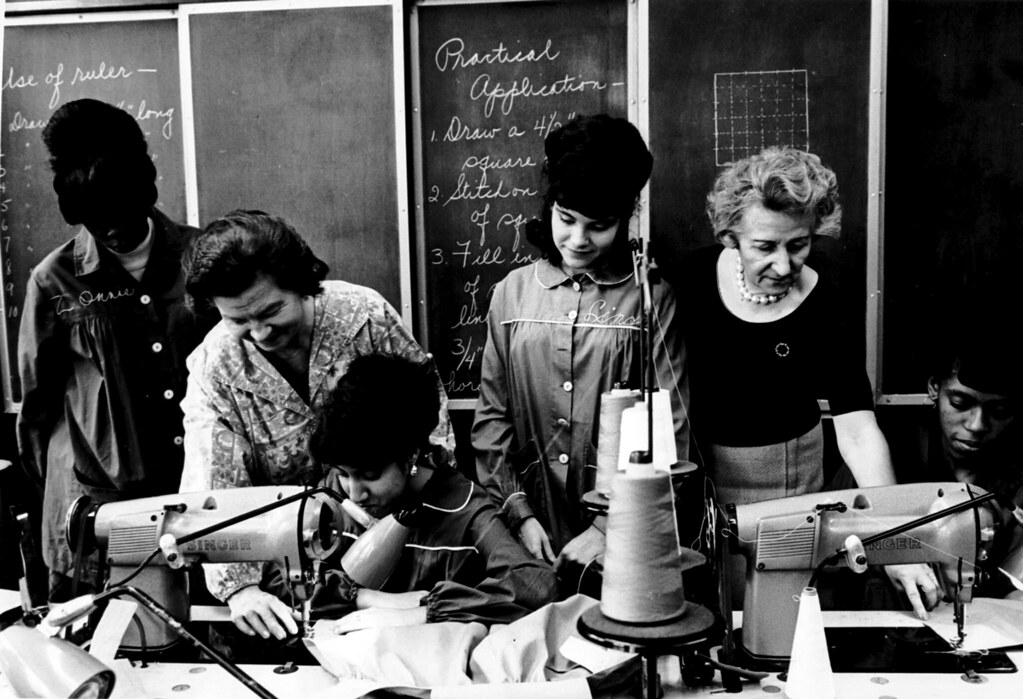Exploring different paint material options
Painting is a form of artistic expression that has been practiced since the beginning of humanity. Through the centuries, artists have used a wide variety of materials to create their masterpieces. In this article, we will explore the different options for painting materials, from traditional to more modern.
1. Oil paint
Oil paint is a classic and very popular option among artists. It is made up of pigments mixed with oil, usually linseed oil. Oil paint offers a wide variety of colors and textures, allowing for versatile artistic expression. It is ideal for working with layers and offers greater durability over time.
2. Watercolor
Watercolor is a painting technique in which paints are diluted with water. It is known for its transparency and unique effects, allowing colors to blend easily. Watercolor is popular among artists looking to create vibrant, softer-looking paintings.
3. Acrylic
Acrylic paint is a more modern and versatile option. It is made with pigments suspended in an acrylic polymer emulsion. Acrylic paints are known for their quick drying and for being able to be diluted with water, offering different consistencies. They are ideal for layered work and can be used on a wide variety of surfaces, such as canvas, paper, wood and plastic.
4. Gouache
Gouache is a painting technique that combines characteristics of watercolor and acrylic paint. It is made up of pigments mixed with gum arabic and water. Gouache paint offers opaque coverage and can be diluted to create watercolor-like effects. It is an option widely used by illustrators and artists looking for a soft and opaque effect.
5. Pastry
Pastel is a very peculiar painting material. It consists of a rod of pigments mixed with gum or wax and pressed into a stick shape. The use of pastel allows for a quick and direct application of the pigment, resulting in vibrant colors and a unique texture. Pastels can be used on different types of paper, but also on other surfaces, such as canvas.
6. Spray paint
Spray paint is a more modern and popular option among urban and street art artists. It is composed of pigments mixed with a liquid vehicle and is applied through a pressurized can. This technique allows for quick and uniform application of paint on surfaces such as walls, screens or even objects. Spray paint offers a variety of colors, textures and special effects, such as gradients.
7. Aerosol acrylic paint
Similar to spray paint, aerosol acrylic paint offers a practical alternative for artists and painting enthusiasts. It is composed of pigments suspended in an acrylic polymer emulsion and is applied through a pressurized can. Acrylic aerosol paint can be used on a variety of surfaces, such as canvas, paper and wood, offering a wide range of colors and effects.
8. Colored pencils
Although generally associated with drawing, colored pencil can also be used as a painting technique in its own right. Colored pencils are made up of pigments mixed with a wax or oil base. They offer precise application and can be easily blended to create shading and texture effects. Colored pencils are especially popular among artists who perform detailed illustrations.
9. Crayons
Crayons are a painting option most commonly associated with children, but they can also be used by artists. It is made up of pigments mixed with melted wax and pressed into a stick shape. The crayon offers a smooth, gliding application, allowing you to create vibrant colors. It's a fun and versatile option and can be used on paper, wood and even fabric.
10. Nanking
India ink is an ink traditionally used in oriental arts. It is made from pigments suspended in a solution of water and gum arabic. India ink offers a unique color intensity and is known for its ability to create delicate lines and strokes. It is widely used in sumiê style paintings and calligraphy.
11. Airbrush
The airbrush is a tool that allows precise and controlled application of paint. It consists of a sprayer connected to an air compressor. The artist can adjust the amount of paint and airflow, achieving smooth and precise effects. The airbrush is often used to create a smooth, realistic finish in illustration and commercial art work.
12. Digital Ink
As technology advances, digital painting has become an increasingly popular option. It involves the use of painting software and a graphics tablet. Artists can create their works using virtual tools, brushes and a variety of colors. Digital painting offers great flexibility and the possibility of undoing and redoing at any time.
Conclusion
By exploring the different options of painting materials, artists have a wide range of options at their disposal to express their creativity. From traditional to more modern techniques, each material offers unique characteristics that can be explored in different ways. It is up to artists to experiment and discover the materials that best match their individual preferences and styles.
FAQs
1. What is the most suitable material for painting beginners?
– For beginners, we recommend using acrylic paints. They are easy to use, offer a wide range of colors and dry quickly.
2. Do I need special skills to paint with colored pencils?
– It is not necessary to have special skills to paint with colored pencils. Just practice and try different application techniques.
3. Can I use spray paint on canvas?
– Yes, spray paint can be used on canvas, as long as it is suitable for that type of surface.
4. What are the advantages of digital painting?
– Digital painting offers flexibility, the ability to undo and redo, a wide variety of colors and virtual tools.
5. Where can I find more information about these materials?
– You can find more information about these materials at Wikipedia – Painting supplies.
References:




